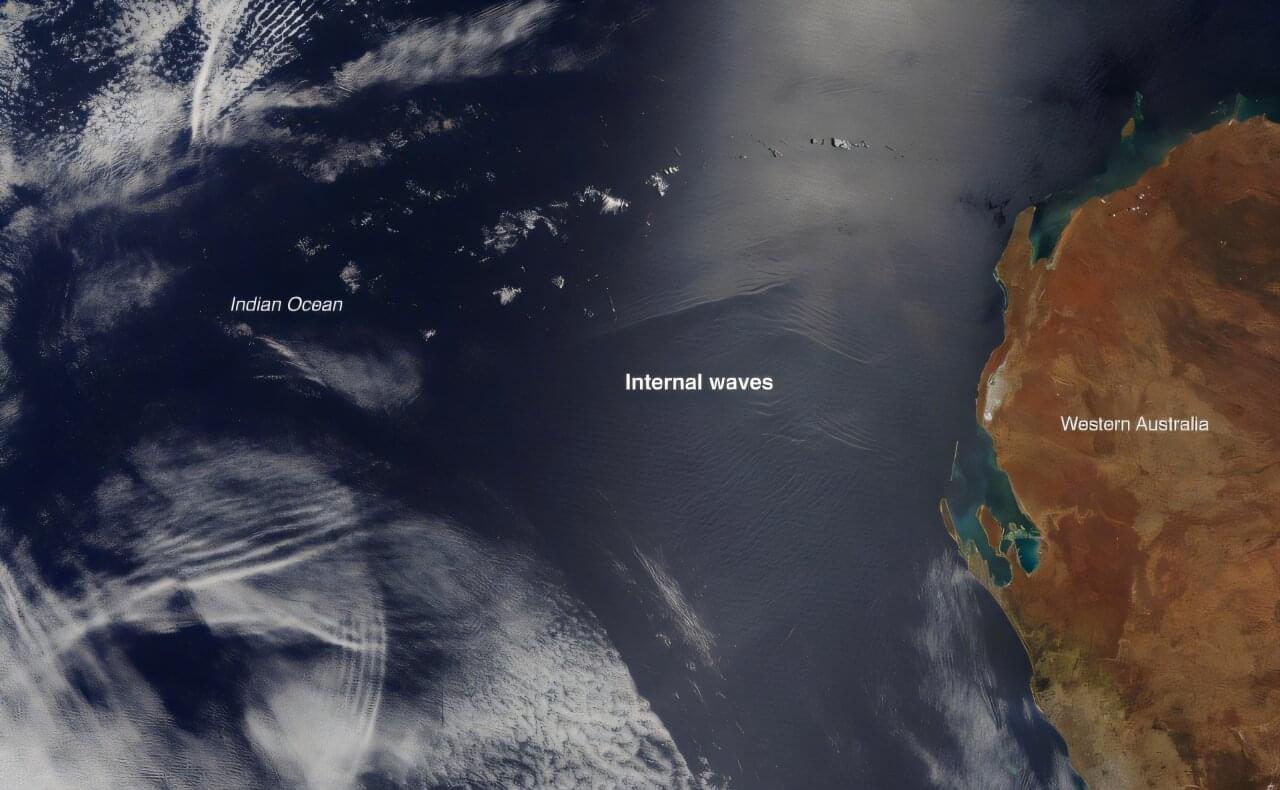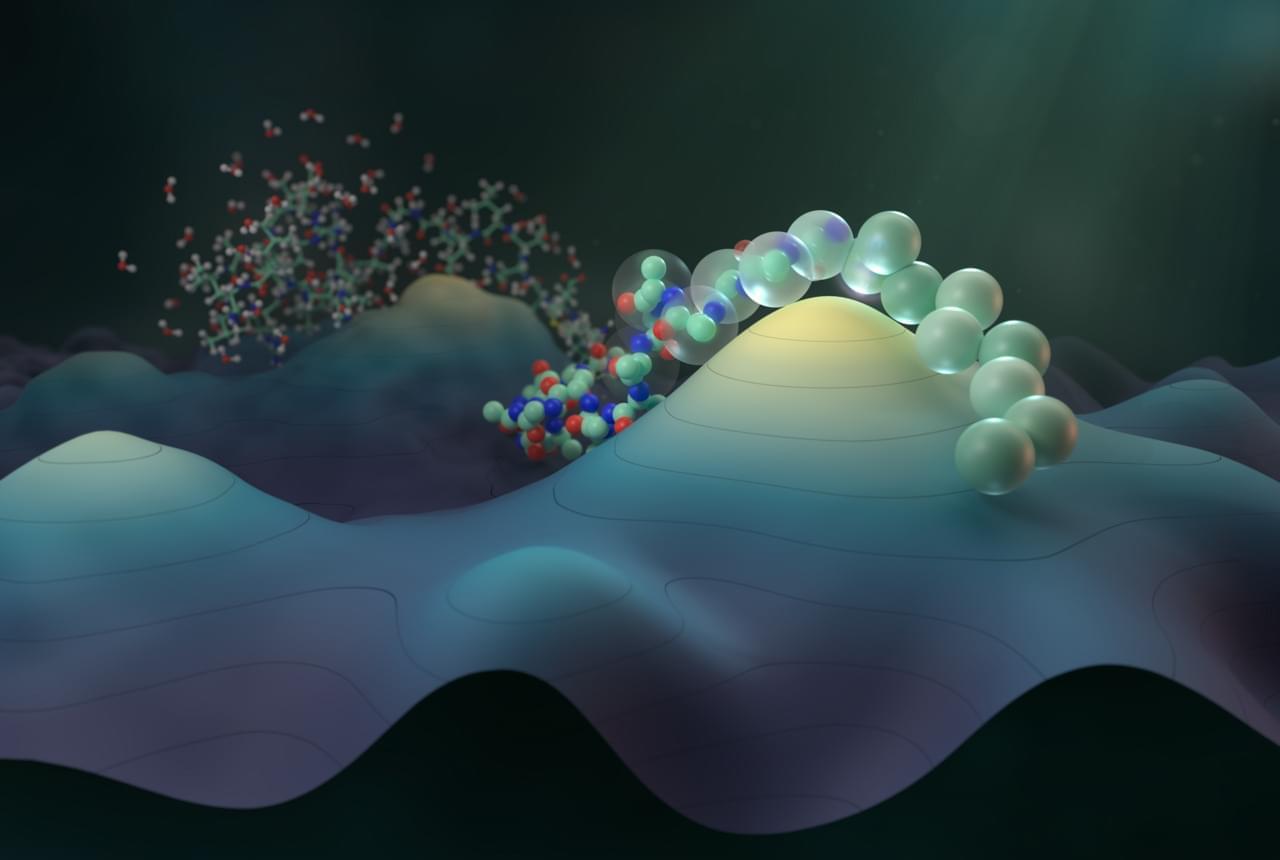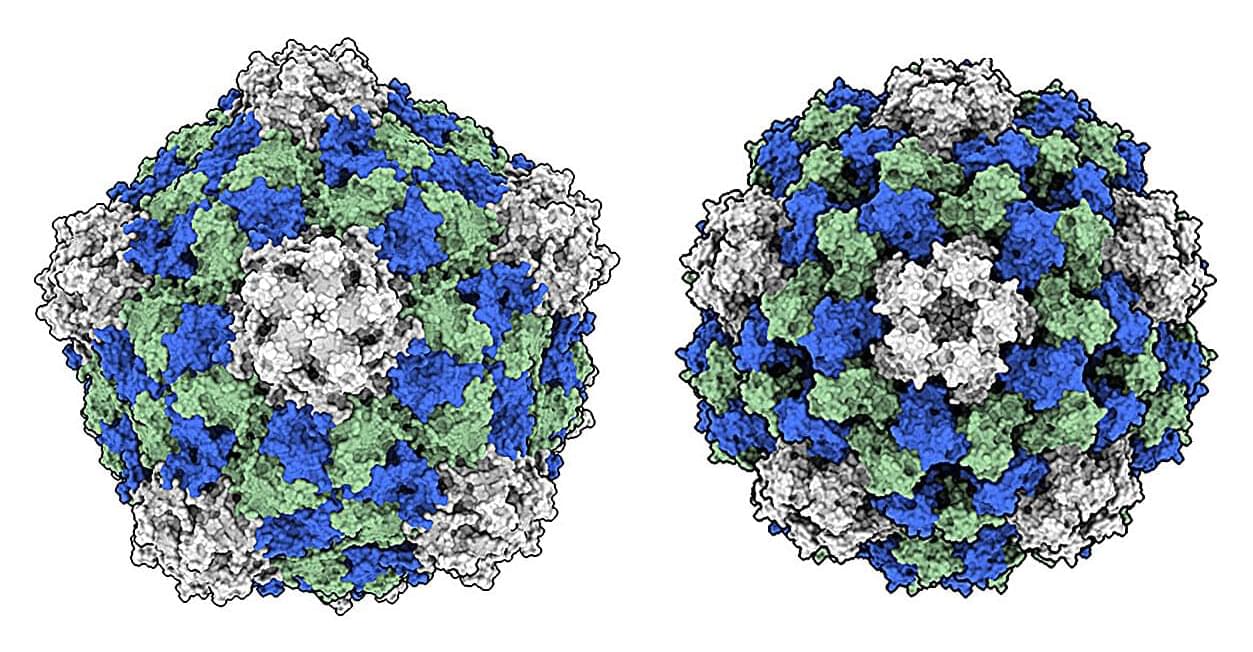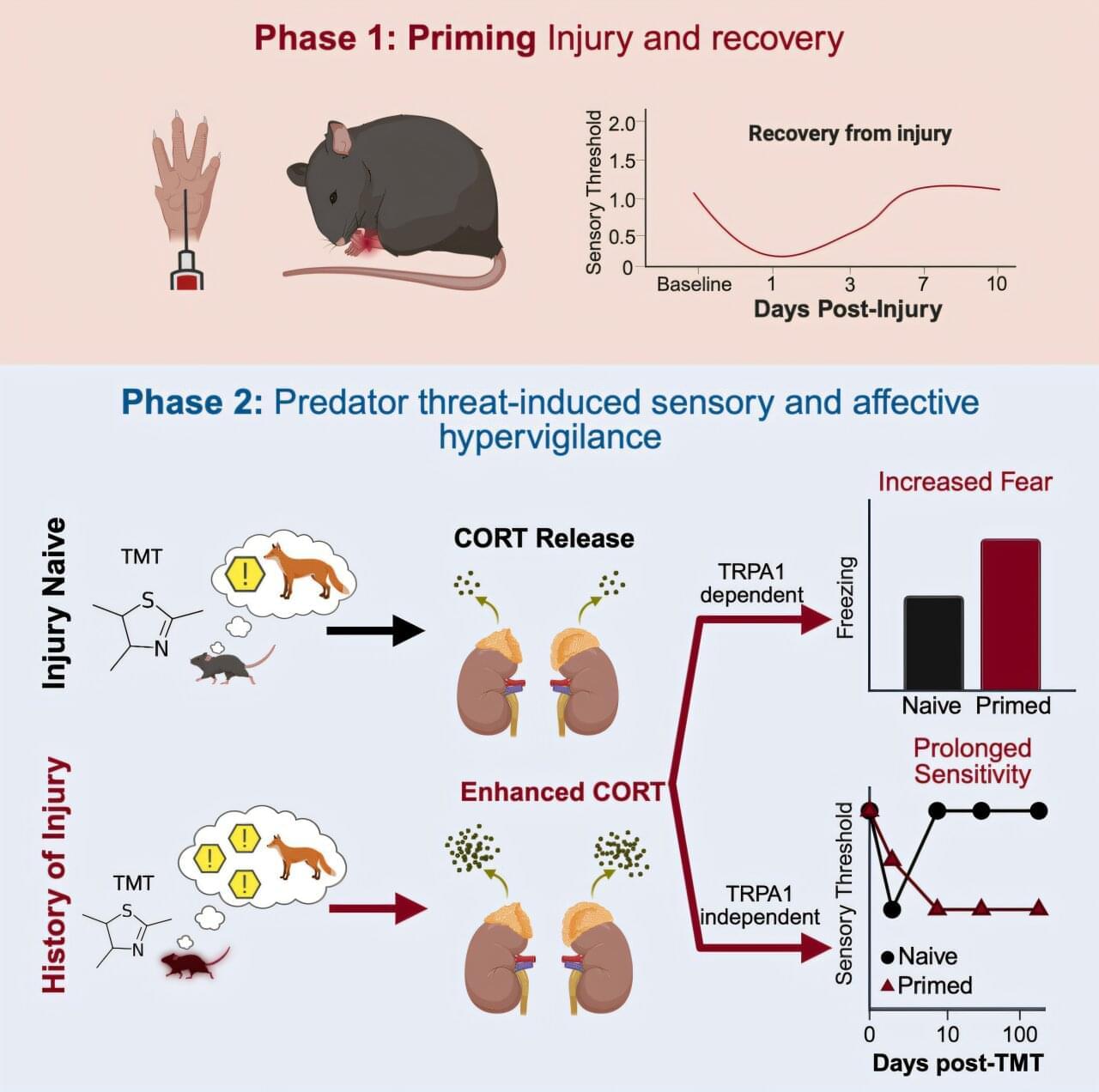Deep below the surface of the ocean, unseen waves roil and churn the water. These internal waves, traveling between water layers of different temperatures and densities, draw cold, nutrient-rich water up from the depths and play a major role in oceanic circulation. Understanding and modeling their behavior is critical for developing more accurate simulations of an increasingly unpredictable climate.
In a Nature Communications paper, Rensselaer Polytechnic Institute (RPI) Math Professor Yuri V. Lvov, Ph.D. and a team of oceanographers develop a first-of-its-kind model of internal wave dynamics that lays the foundation for new, more reliable models of ocean circulation.
“Internal, wave-driven, vertical mixing is believed to be a main driver of oceanic circulation,” Lvov said. “It shapes Earth’s climate by influencing sea level rise, nutrient fluxes, marine ecosystems, and anthropogenic heat and carbon uptake.”









